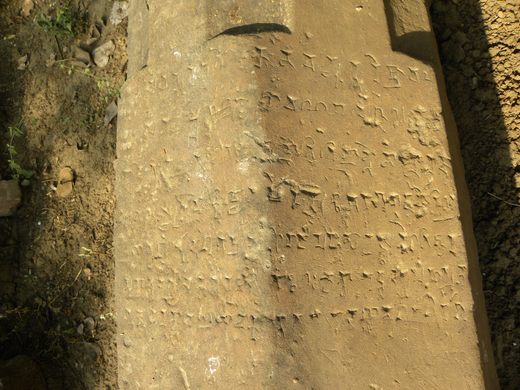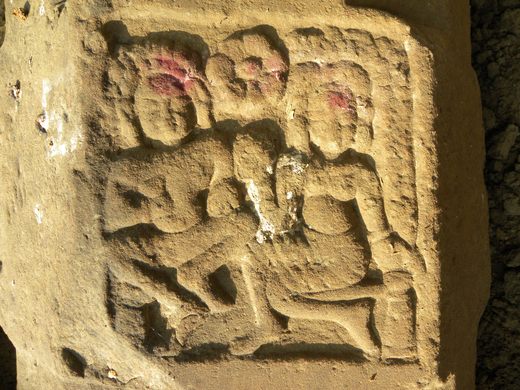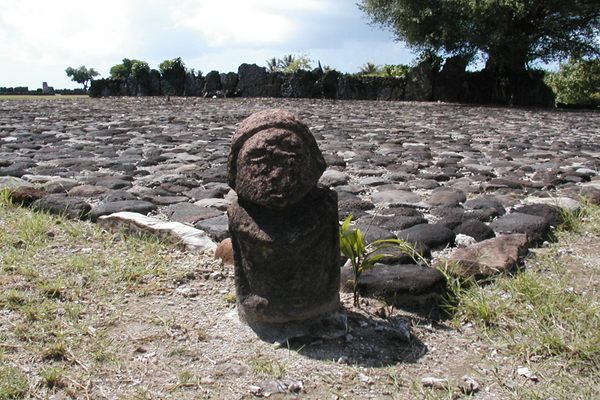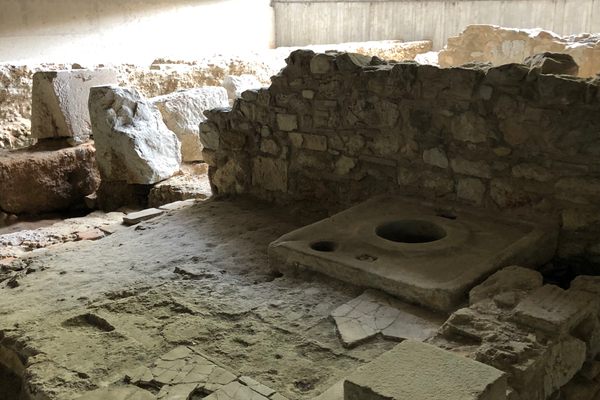Eran Pillar of Goparaja
India's oldest sati stone, attributed to an otherwise unknown king of the ancient Gupta Empire.
Eran is an archaeological complex located in the Sagar district of Madhya Pradesh, home to numerous ancient ruins covering over three thousand years of history, from the Chalcolithic period (1800-700 BCE) to the 18th century. It flourished most around the 6th century, during the times of the Gupta Empire.
The site is also known for its sati stone, the earliest epigraphical evidence of the practice—ritual self-immolation of a widow, which was done until the British banned it in 1828. The inscription makes one of the only two existing references to Bhanugupta, a figure believed to be a ruler of the Gupta Empire. As he is merely referred to as a raja while a majority of the Gupta rulers are traditionally titled maharaja, some scholars suggest that he may have only been a governor and not exactly a king.
The inscription of the so-called “Eran pillar of Goparaja” details the battle fought by Bhanugupta, as well as the death of his son Goparaja. It is not quite clear who was Bhanugupta’s enemy; it is thought to have been either the Maitraka dynasty or King Toramana of the Alchon Huns. Goparaja perished courageously in the battle, ascending to heaven and becoming “equal to Indra, the best of the gods.”
The inscription concludes its story by stating that his beauteous wife followed him into the funeral pyre, committing an act of sati.
















Follow us on Twitter to get the latest on the world's hidden wonders.
Like us on Facebook to get the latest on the world's hidden wonders.
Follow us on Twitter Like us on Facebook